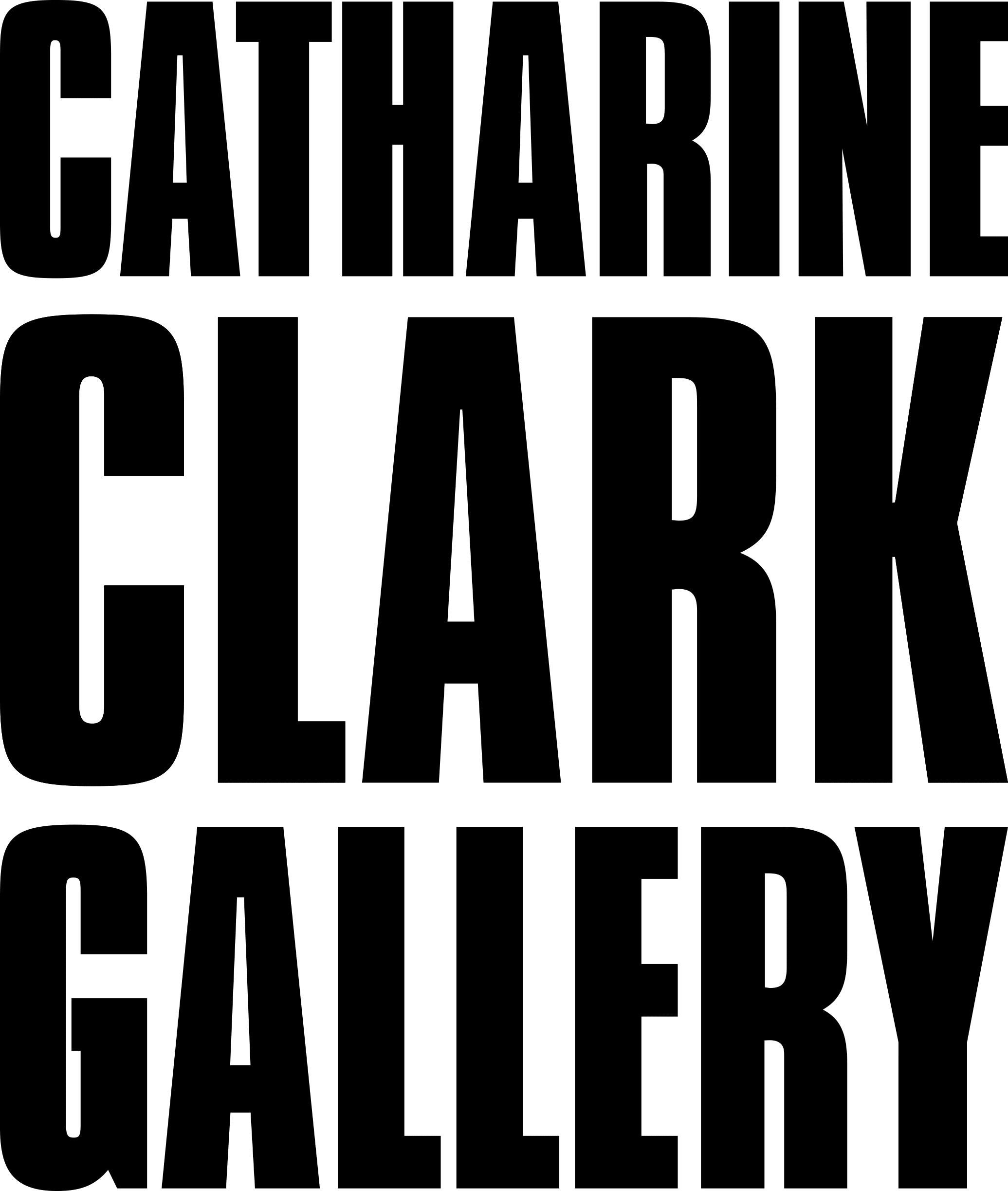The first room centers around those who work in the textile and design world. When I first saw Genesis Belanger’s “Folly,” I was struck by the childlike, idyllic view of the world it captured. “Folly” is a stone picnic blanket, carved to appear in-motion like a flying carpet, with stone-crafted foods like sandwiches, hot dogs and cheese scattered across.
Belanger, a prop style assistant, found artistic inspiration from her day job’s primary task: to materialize anything. Her imagination acted as her ultimate strength, and I recognize it immediately in “Folly.” The stone ceramic picnic basket is delicate and alluring, and the foods offer a bite I desperately want to take. Belanger exemplifies the way everyday minutiae can turn into a wonderland, a place where expectations are challenged and the fantastical are welcomed.
The next room spotlights caregivers. As a parent, Lenka Clayton was inspired to create an open-source art residency for mothers, named “An Artist Residency in Motherhood, Pittsburgh.” Clayton’s role as a mother forced her to familiarize herself with, and find humor in, the absurd.
This principle is most visible in “63 Objects Taken from My Son’s Mouth.” This piece is exactly what it sounds like: a displayed collection of coins, small toy figurines, cigarette butts and whatever else her son tried to eat. “63 Objects” is genuine; I couldn’t help but smile at the way it captures the chaos of raising children, the stress of their antics.
Most of all, though, “63 Objects” transforms those anxieties into acts of love. I lost sight of the worry Clayton must have felt as she fished a rock out of her son’s mouth. Instead, I thought of how much love is required to excavate the Lego block in the first place. This art could only be created by a mother, a loving caregiver. It’s inspiringly sweet.
The room after celebrates artists who work in technology, finance and law. Considering the impact of Silicon Valley on Stanford, I was excited to see artists that have day jobs in tech. One of the presented artists, Lillian Schwartz, was a consultant in computer graphics when she created “Olympiad” in 1971.
Schwartz was a pioneer in combining technology and art. “Olympiad” is a film of a man running in solely blue and red light; Schwartz invites the viewers to wear 3-D glasses to see the movement from a new perspective, making the man pop out of the screen.
Schwartz’s tech experience gave her intimate knowledge of color saturation and depth. The result is trippy and disorienting. When I took the glasses off, the 3-D effect persisted for a moment, the running man still jumping off the screen, until my blinks brought me back to a mere two dimensions. Quite literally, “Olympiad” immerses you into a technological world, as if a visit to a foreign realm.
“Day Jobs” would not be complete without its final section dedicated to artists who question systems of labor as a whole. To Matthew Anglo Harrison, “a big part of American identity is work: Where do you work? What do you do for a living?” As I read his words on the exhibition’s wall, I myself pondered how much of my sense of self is attached to my work, with labels of “student” or “Stanford.”
Harrison’s artworks reflect this idea, as well as his experience working as a modeler for General Motors. His sculptures are a combination of car parts and African artifacts maintained and frozen in resin blocks. I initially couldn’t grasp the pairing. But as Harrison wrote, his African cultural identity is synonymous with his labor identity in the U.S., and his artwork featured his ethnic and work background preserved equally.
Ending with this final room forced me to reconcile the impact our day jobs have on how we are perceived socially. We place an incredible emphasis on what we do for work; “Day Jobs” manages to both highlight this phenomenon while uplifting the impact these jobs can have on our creativity.
Experience “Day Jobs” in its entirety at the Cantor, open until July 15.
Read more at: https://stanforddaily.com/2024/04/26/cardinal-canvas-exploring-the-stunning-final-chapter-of-day-jobs/



